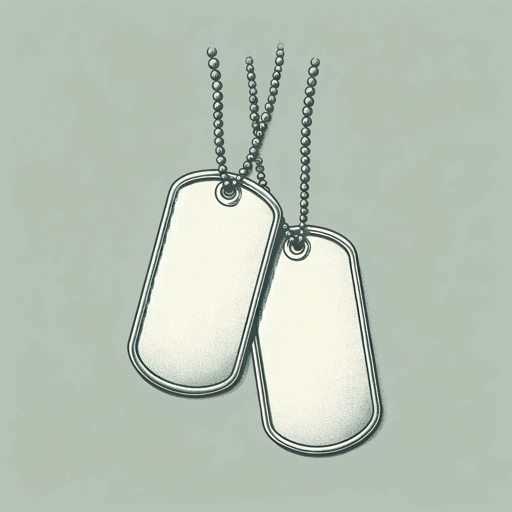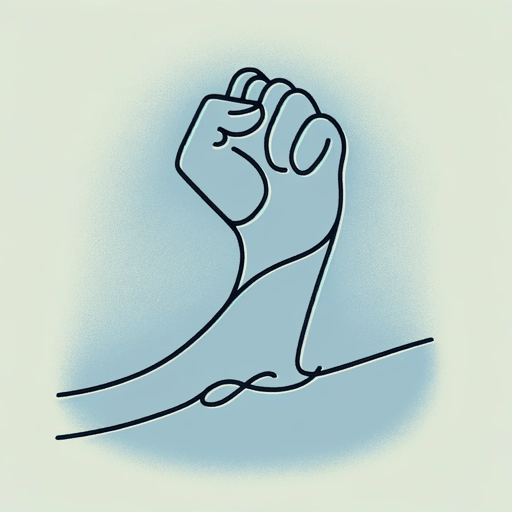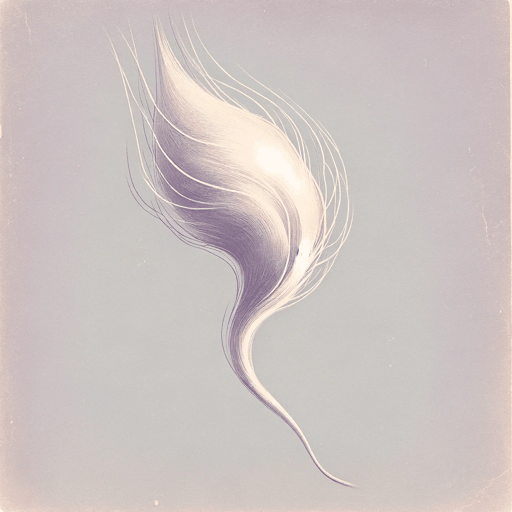19 pages • 38 minutes read
Gwendolyn BrooksSpeech to the Young: Speech to the Progress-Toward (Among them Nora and Henry III)
Fiction | Poem | Adult | Published in 1991A modern alternative to SparkNotes and CliffsNotes, SuperSummary offers high-quality Study Guides with detailed chapter summaries and analysis of major themes, characters, and more.
Symbols & Motifs
Three Kinds of Action
Action is present in the poem's title since giving a speech and addressing an audience is an action that can provoke a fair amount of anxiety in people. Speaking in front of others can be nerve-rattling—especially if the audience is composed of restless young people.
In Lines 2-5, the action motif continues as the speaker describes the youth according to their actions. The young people are "down-keepers" (Line 2), "sun-slappers" (Line 3), "self-soilers" (Line 4), and "harmony-hushers (Line 4). They are busy fomenting aggravation.
The speech itself supplies the youth with an alternative though necessary action—face the day. Even if they're not ready, young people should take steps to prepare for the calmer life of day. Besides the action of giving a speech, there are two other kinds of actions in the poem: the actions the youth already do and the actions the speaker and speech-giver want their young audience to learn.
In the final stanza, the speaker warns against yielding to further tempestuous actions. Their activities shouldn't center on winning battles or racing to the end of a song. Rather, their actions should be less frantic and more poised and considered. In fact, they might not want to be so active, as it may behoove them to settle down and get along.
Related Titles
By Gwendolyn Brooks

A Bronzeville Mother Loiters in Mississippi. Meanwhile, a Mississippi Mother Burns Bacon
Gwendolyn Brooks

A Sunset of the City
Gwendolyn Brooks

Boy Breaking Glass
Gwendolyn Brooks

Cynthia in the Snow
Gwendolyn Brooks

Maud Martha
Gwendolyn Brooks

my dreams, my works, must wait till after hell
Gwendolyn Brooks

The Ballad of Rudolph Reed
Gwendolyn Brooks

The birth in a narrow room
Gwendolyn Brooks

The Blackstone Rangers
Gwendolyn Brooks

The Chicago Defender Sends a Man to Little Rock
Gwendolyn Brooks

The Crazy Woman
Gwendolyn Brooks

The Lovers of the Poor
Gwendolyn Brooks

The Mother
Gwendolyn Brooks

the rites for Cousin Vit
Gwendolyn Brooks

To Be in Love
Gwendolyn Brooks

To The Diaspora
Gwendolyn Brooks

Ulysses
Gwendolyn Brooks

We Real Cool
Gwendolyn Brooks

